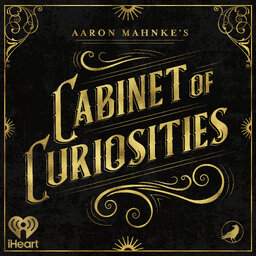Extra Credit
Some things need to be learned for the first time, while other, more obvious details, sometimes need to be rediscovered. Let's do a bit of both on our tour today through the Cabinet.
Learn more about your ad-choices at https://www.iheartpodcastnetwork.com
 Aaron Mahnke's Cabinet of Curiosities
Aaron Mahnke's Cabinet of Curiosities


